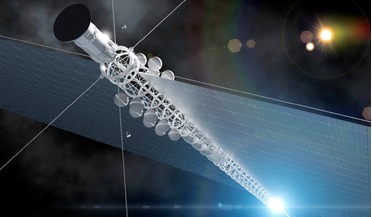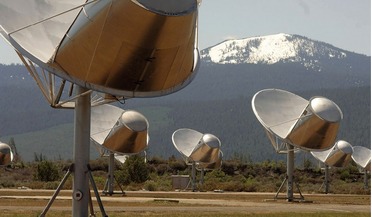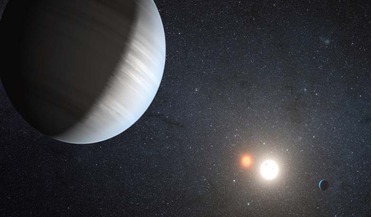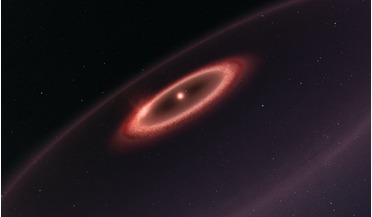 August 2018
Flying to the stars
August 2018
Flying to the stars
... human in another star system one day. An artist s rendition of the surface of the planet Proxima b orbiting the red dwarf star Proxima Centauri, the closest star to the solar system. Flying to the stars Sending a world ship...
 July 2020
Lego’s replica space programme
July 2020
Lego’s replica space programme
... to be the SLS/Artemis set (at 2678), but one should not underestimate the competition from science fiction (Red Dwarf’s Starbug had 4474 votes). A previous pitch featured an Apollo launch tower and mobile platform, scaled to match...
 August 2020
Interstellar aspirations
August 2020
Interstellar aspirations
... Observatory’s Very Large Telescope in Chile detected a planet the size of Earth orbiting Proxima Centauri, the small red dwarf star in the nearby Alpha Centauri system. The planet orbits in the habitable zone of that star, meaning...
 November 2025
Searching for life beyond Earth
November 2025
Searching for life beyond Earth
... Webb Space Telescope can study, we call ‘Earth cousins.’ They’re not exactly Earth-like - they orbit red dwarf stars, not Sun-like stars. And because these stars emit less energy, the planets would...
 18 April 2016
New Earth-like planet found in GJ 832 planetary system
18 April 2016
New Earth-like planet found in GJ 832 planetary system
... as compared with Earth. Image credit: PHL / UPR Arecibo. The central star in question is GJ 832, a main sequence red dwarf star (of a spectral type M1.5V) with a mass just less than half of that of our Sun, (0.45 Solar masses), located...
 03 November 2017
Dust belt hints at more planets around our nearest star
03 November 2017
Dust belt hints at more planets around our nearest star
... temperate exoworld orbiting at just four million kilometres from its parent star – Proxima Centauri – the faint red dwarf that lies just four light-years away from us. Although much has been speculated about Proxima...